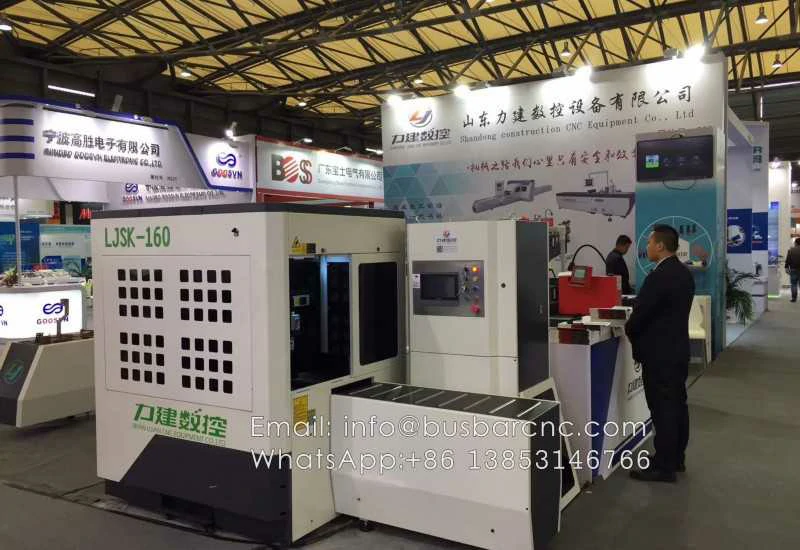Copper busbars are widely used in electrical power distribution systems due to their excellent electrical conductivity and thermal properties. However, working with copper busbars can be challenging, especially when it comes to bending them into specific shapes. In this article, we will explore the tools and techniques for efficient copper busbar bending.
Tools for Copper Busbar Bending:
1. Hydraulic Busbar Bender: A hydraulic busbar bender is a versatile tool designed specifically for bending copper busbars. It uses hydraulic pressure to apply force evenly across the busbar, allowing for precise bending without damaging the material. This tool comes with various dies and punches to achieve different bending angles and shapes.
2. Manual Busbar Bender: For smaller-scale projects or occasional busbar bending tasks, a manual busbar bender can be a cost-effective alternative. This tool uses mechanical leverage to bend the busbar and usually comes with interchangeable bending dies. While it requires more physical effort compared to a hydraulic bender, it can still provide accurate bends when used correctly.
3. Busbar Cutting Machine: Before bending the busbar, it may need to be cut to the desired length. A busbar cutting machine is an essential tool for precise and efficient cutting. It typically features high-speed cutting blades that can cleanly cut through copper busbars of various thicknesses.
Techniques for Copper Busbar Bending:
1. Measure and Mark: Before bending the busbar, accurate measurements and markings are crucial. Use a measuring tape or ruler to determine the desired length and mark it clearly on the busbar using a marker or scribe. These marks will serve as reference points during the bending process.
2. Secure the Busbar: To ensure stability and prevent unwanted movement during bending, secure the busbar firmly in place. This can be done by using clamps or a vise to hold the busbar securely on a workbench or suitable surface.
3. Lubrication: Applying a lubricant, such as a specialized busbar bending oil or even soapy water, can reduce friction during the bending process. This helps to prevent the busbar from sticking or deforming and allows for smoother, more efficient bends.
4. Gradual Bending: When bending a copper busbar, it is essential to avoid sudden or excessive force. Instead, apply gradual pressure using the chosen bending tool, whether hydraulic or manual. This ensures that the busbar bends evenly without any cracks or deformations.
5. Multiple Bends: In some cases, a busbar may require multiple bends to achieve the desired shape. It is crucial to plan the bending sequence carefully to minimize material waste and ensure accurate alignment of the bends. This can be achieved by using templates or creating bending jigs.
6. Post-Bending Inspection: After bending the busbar, it is essential to inspect it for any signs of damage or defects. Check for cracks, uneven bends, or any other abnormalities that may affect its performance. If any issues are detected, consider re-bending or replacing the busbar as necessary.
In conclusion, efficient copper busbar bending requires the right tools and techniques. Hydraulic or manual busbar benders, busbar cutting machines, accurate measurements, secure fixation, lubrication, gradual bending, and post-bending inspection are all critical aspects of achieving high-quality bends in copper busbars. By following these guidelines, you can used busbar bending machine for sale ensure the successful fabrication of copper busbars for various electrical applications.
